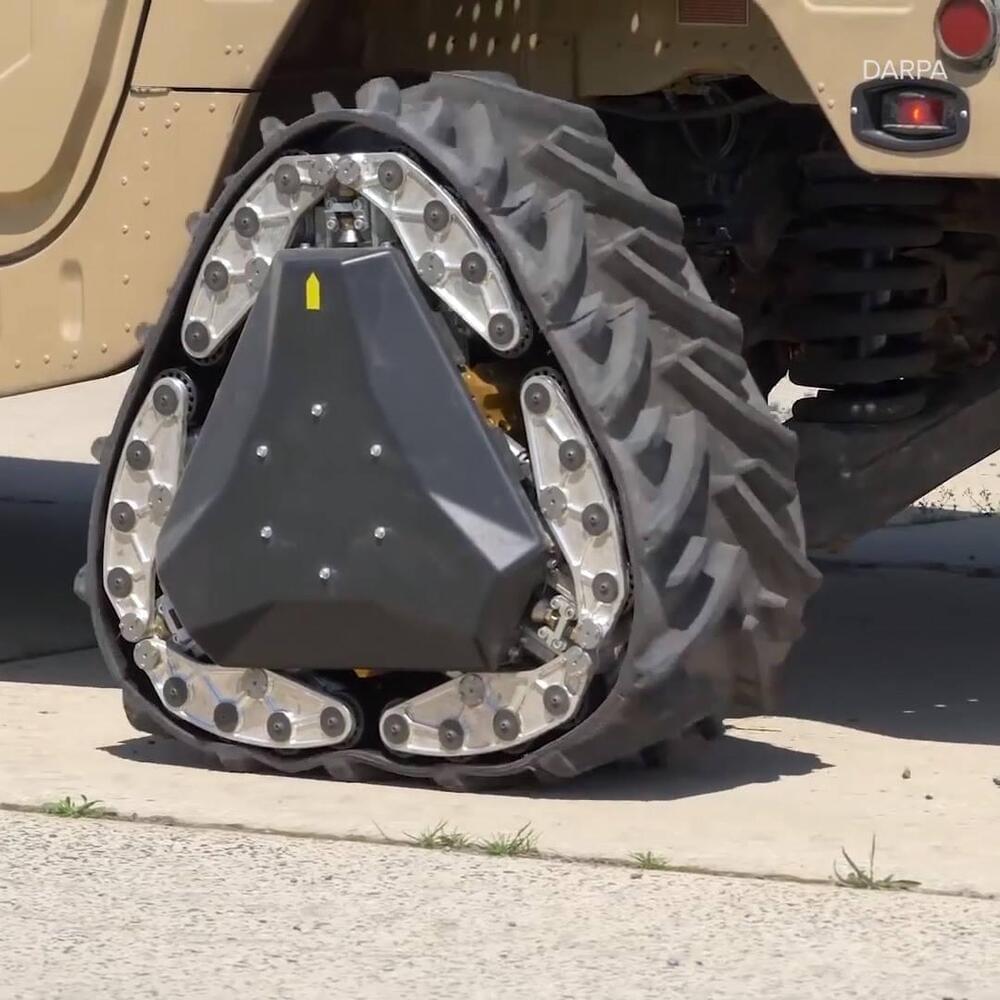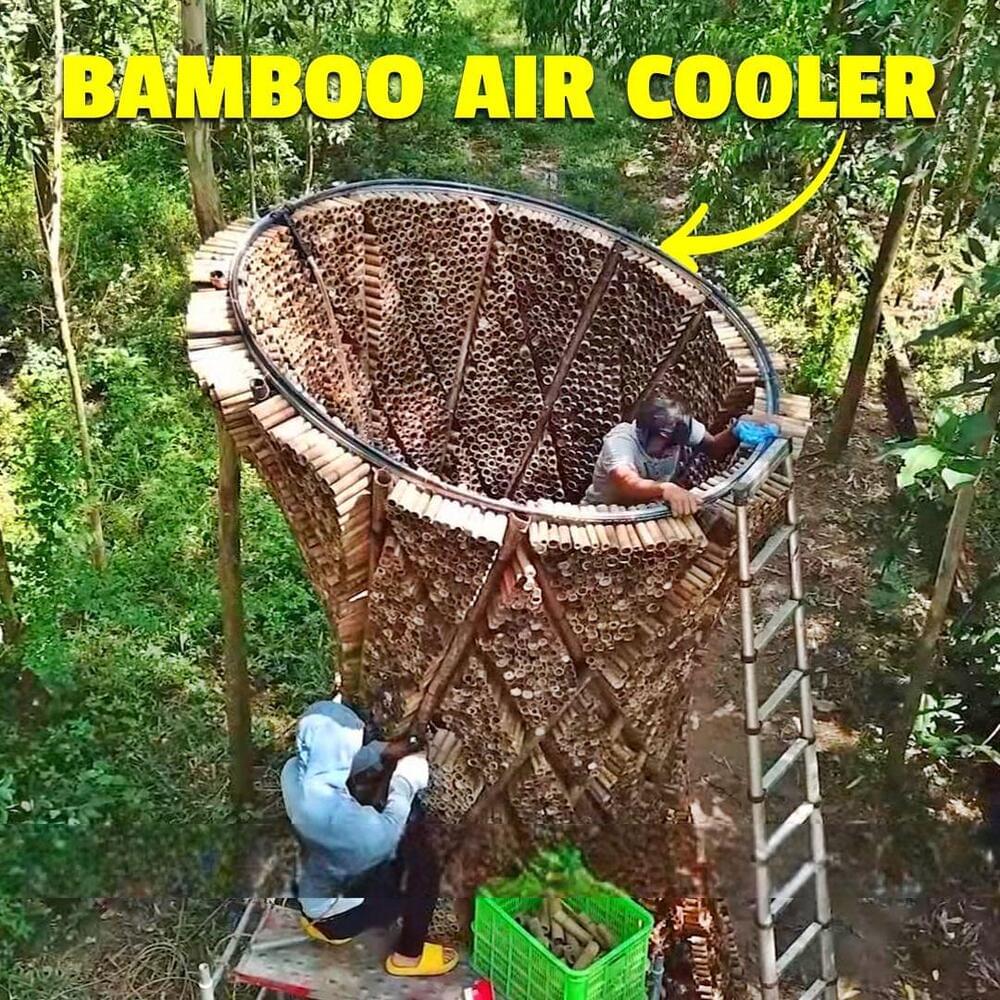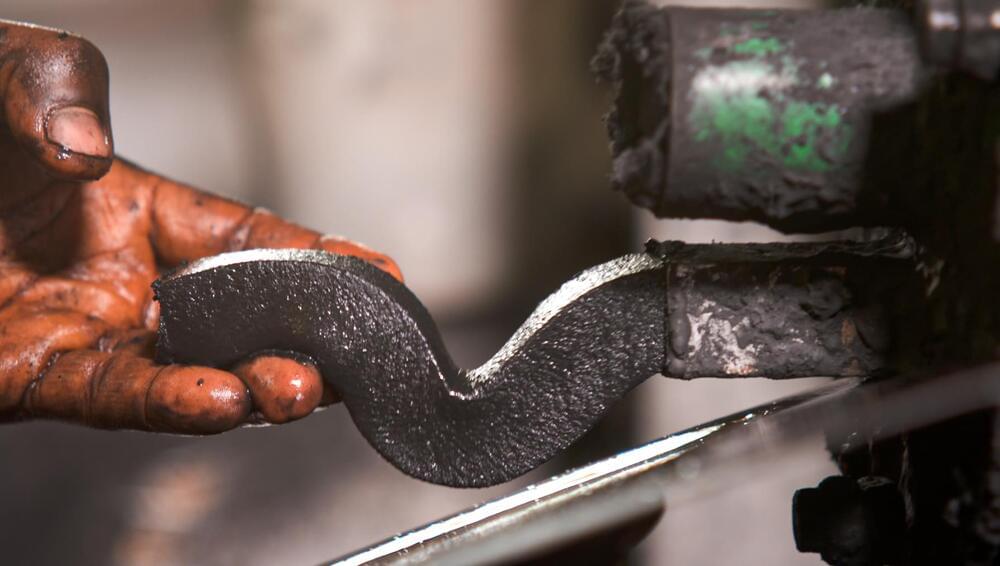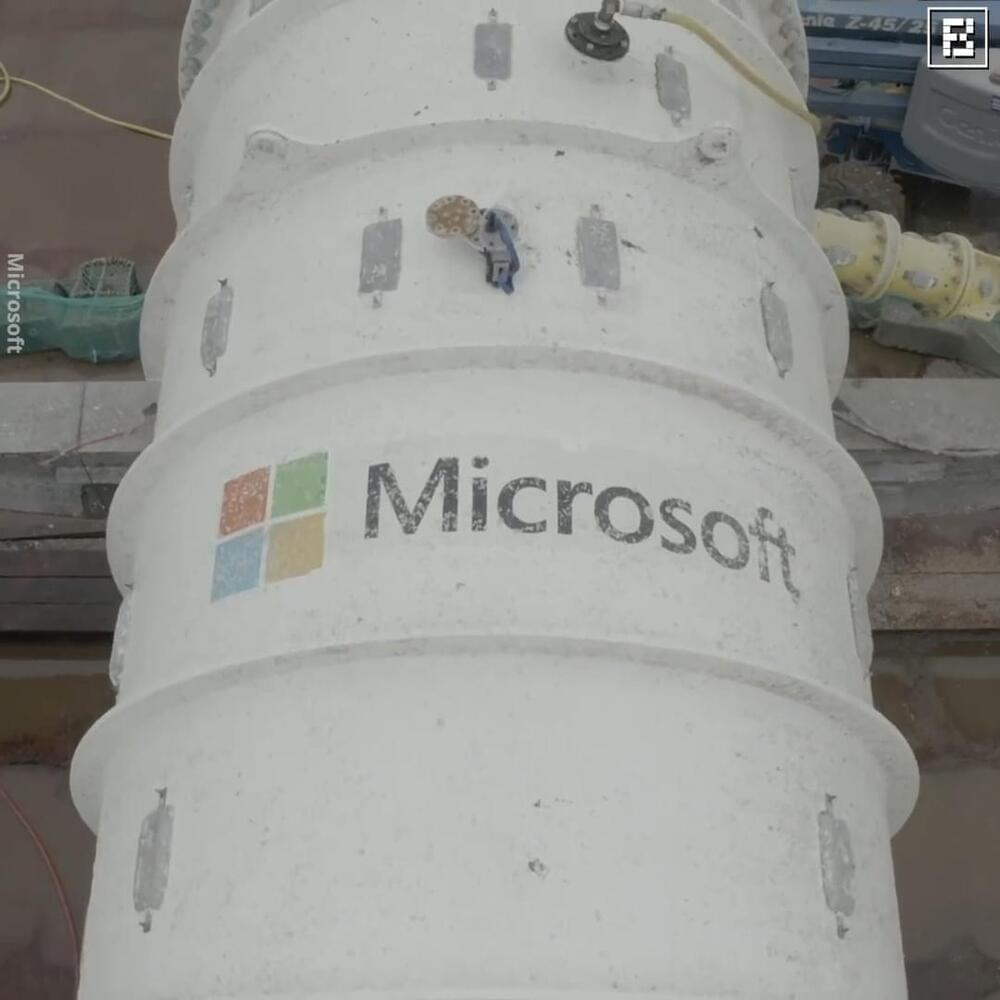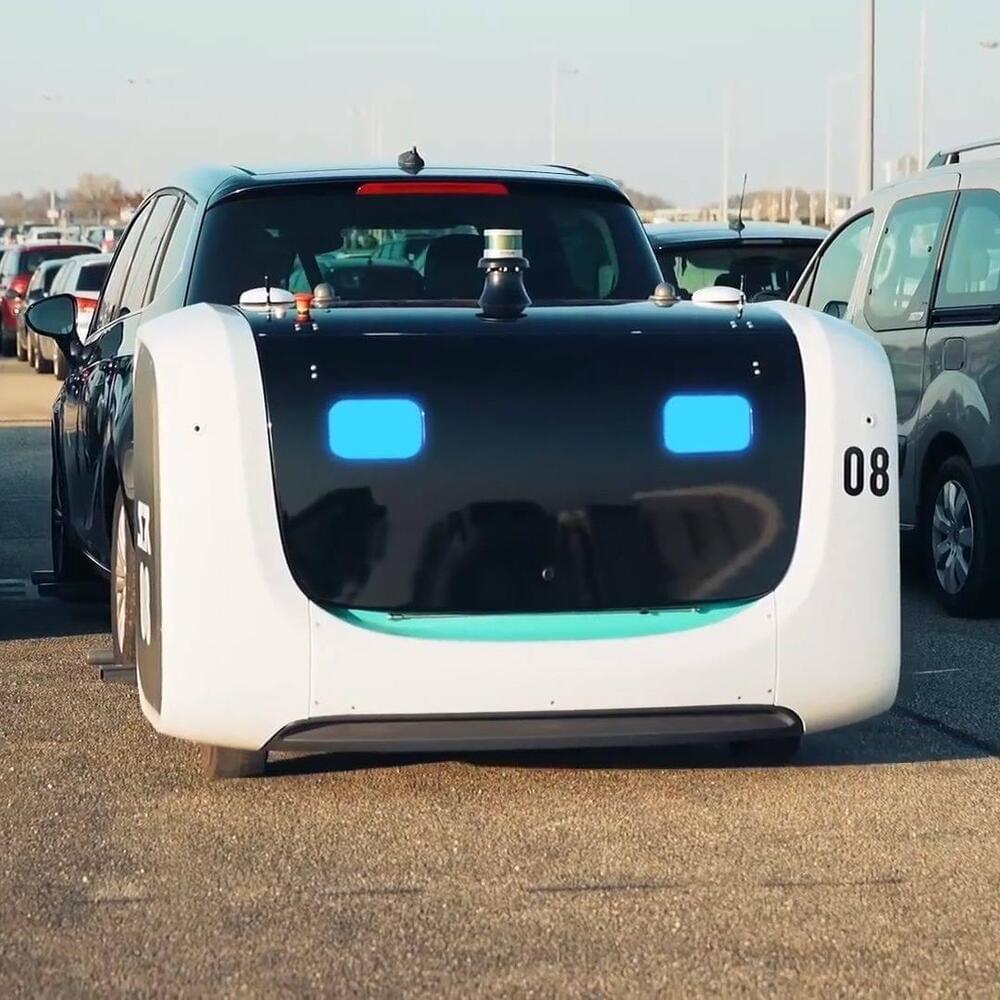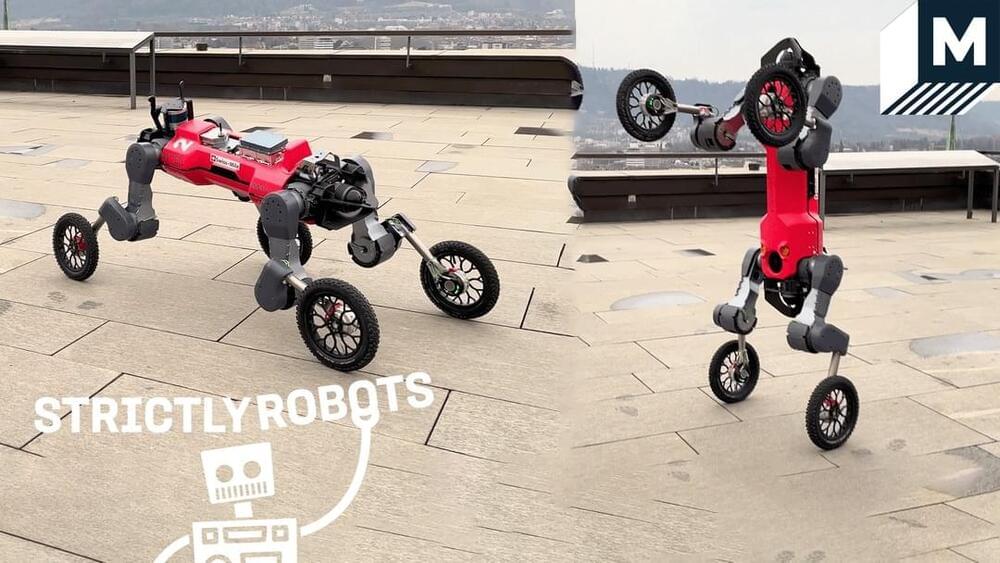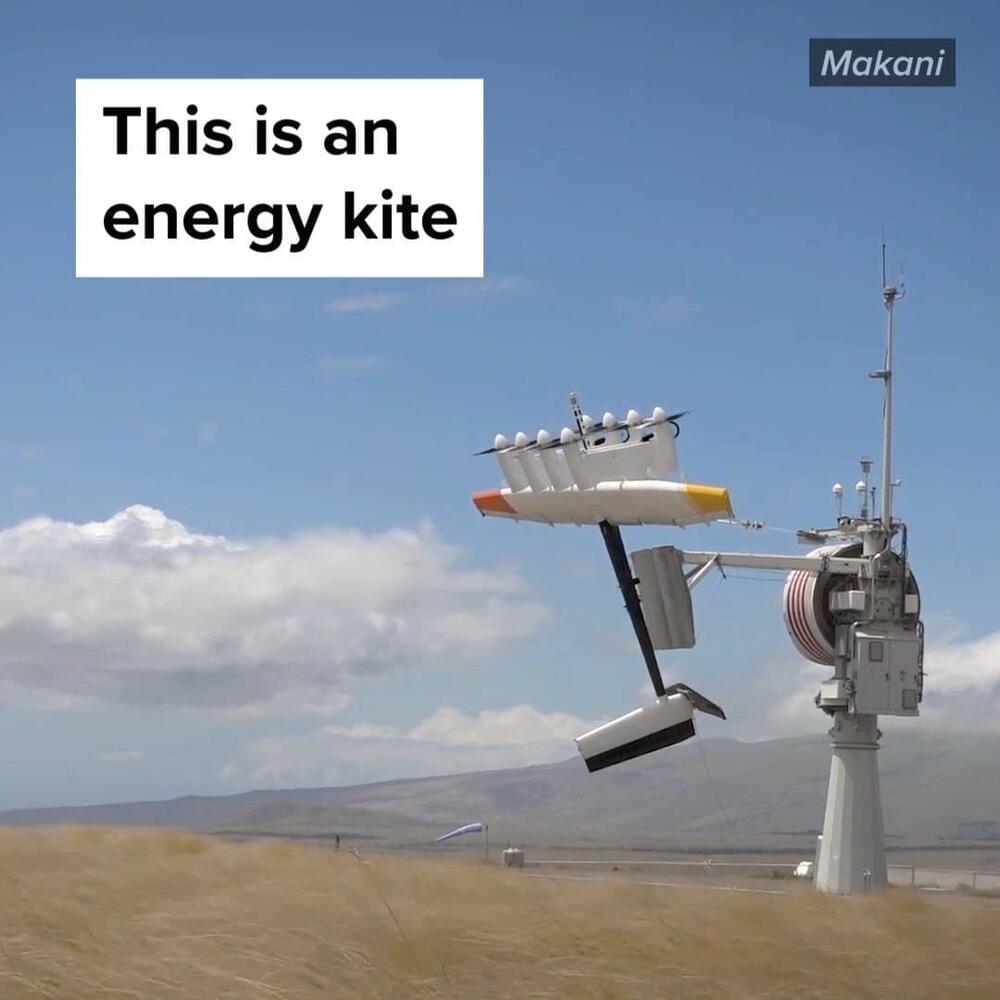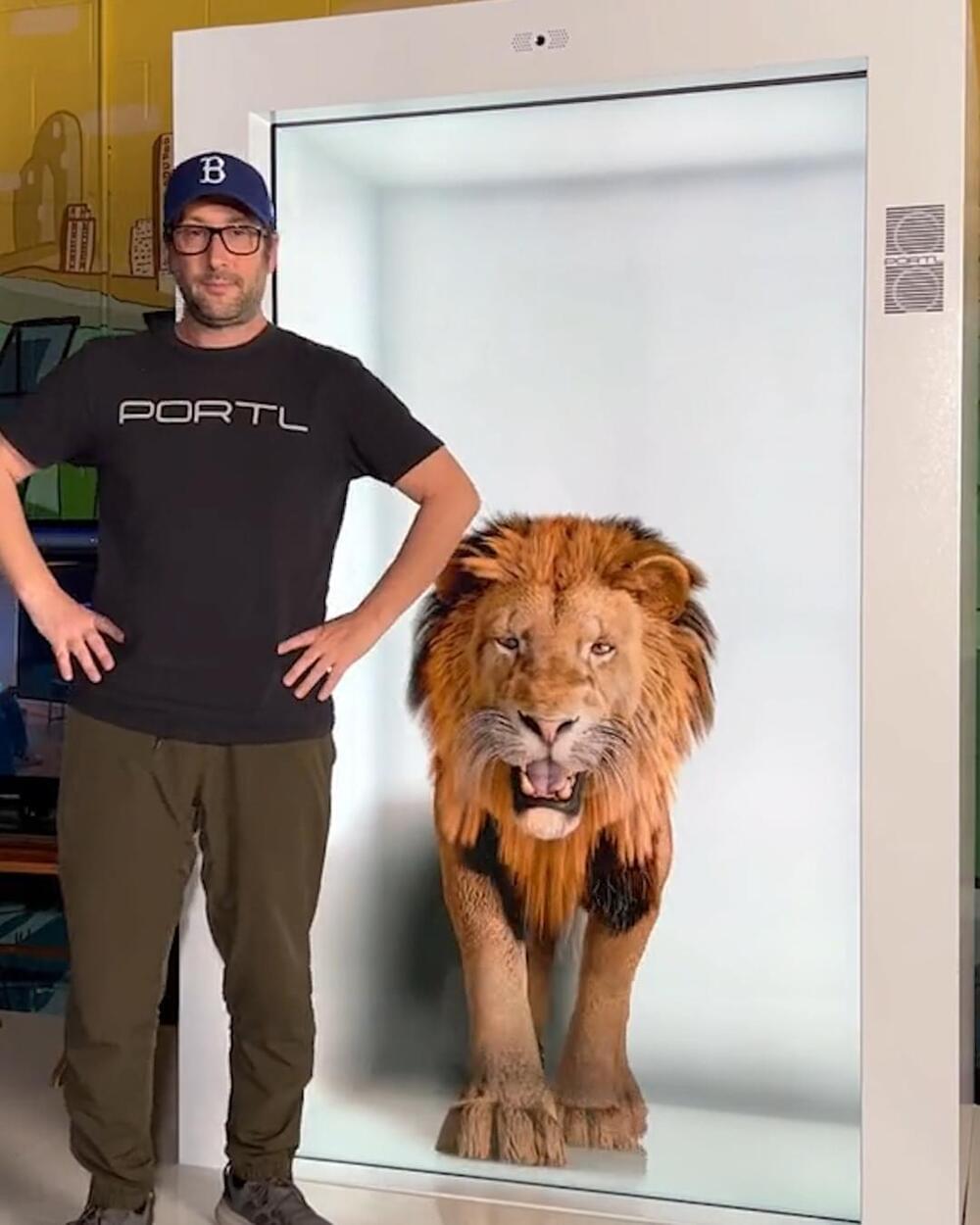American firm Olson Kundig has lined the upper floor of this residence next to Sydney’s Bilgola Beach with louvred shutters that fold upwards to expose the living spaces to fresh air and sea views.
The Bilgola Beach House is the first project completed in Australia by Seattle-based Olson Kundig and was designed for a couple who wanted to be able to host large family gatherings.
Situated around 35 kilometres north of Sydney’s central business district, the 873-square-metre house nestles into sand dunes overlooking the beach and the ocean.

